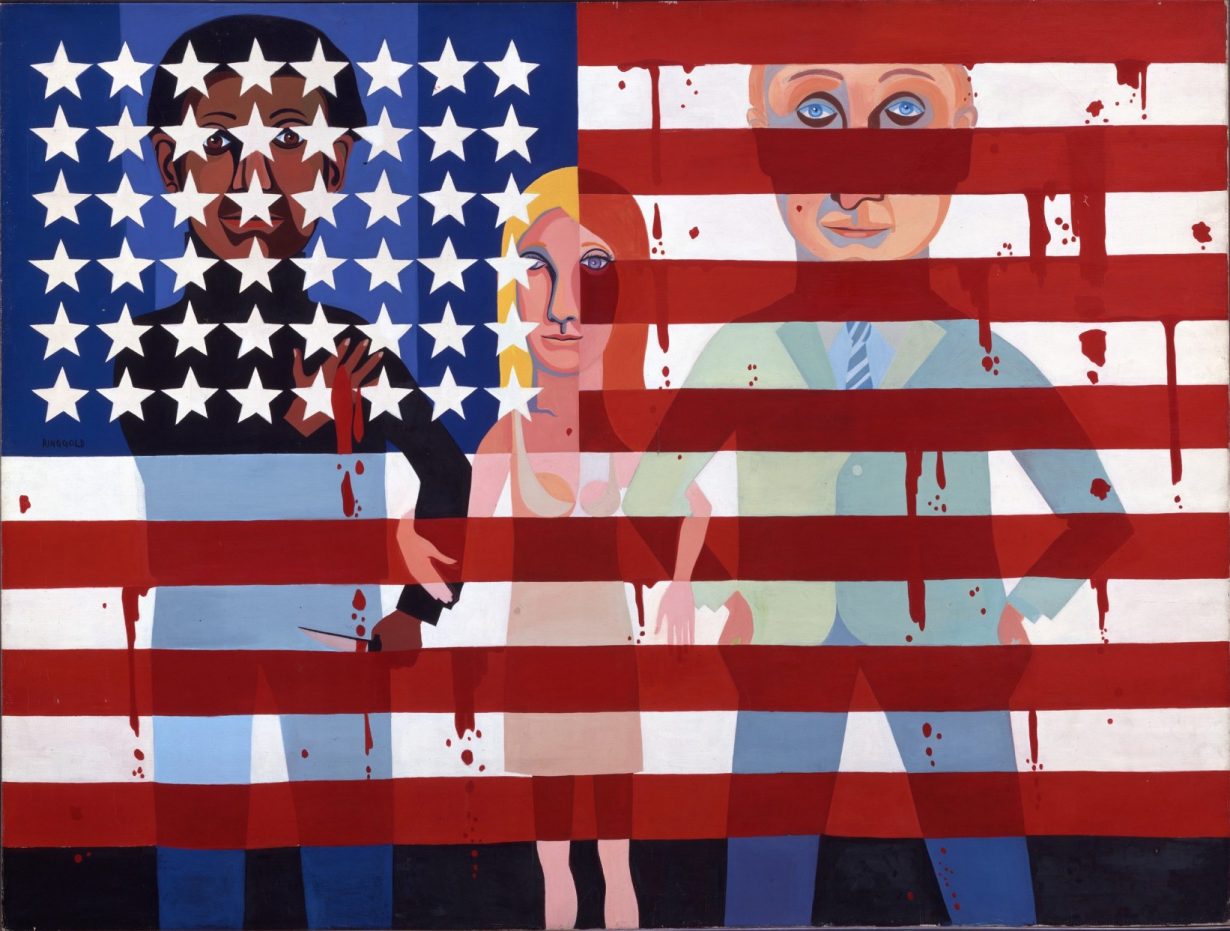
Artist Faith Ringgold, best known for depicting the African-American experience in her narrative quilts and canvases, has died aged 93.
Her death was announced by ACA Galleries, New York, who has represented Ringgold for the past 30 years. ‘Faith leaves behind an impactful legacy of activism and advocacy for diversity and inclusion that has left a lasting mark on the art world, inspiring countless others to use their voice as a tool for social change,’ ACA President Dorian Bergen said in a statement.
Born in Harlem in 1930 during the ‘Harlem Renaissance’, Ringgold earned a bachelor’s degree in arts and education (as a woman, she wasn’t allowed to major in art) and a master’s degree in art from City College in 1959. She began her career teaching art in public schools while making her own work, which from early on was infused with the experience of civil and social unrest. In the American People Series (1963–67), a series of mural-sized paintings done in her signature flattened style and vivid colours, Ringgold attempts to portray the fraught race relations of the Civil Rights era. The series ends rather gorily with American People Series #20: Die – recently acquired by New York’s MoMA – in which a group of Black and white men, women and children brutally attack one another, in a composition reminiscent of Picasso’s Guernica (1937).
Ringgold was also a fervent activist, picketing outside major museums to protest the exclusion of Black artists and women artists from institutions. In 1971, she cofounded the campaign group ‘Where We At’ with fellow Black women artists, with whom she organised numerous workshops in cultural centres, hospitals, schools and prisons, as well as art classes for Black students.
Ringgold, whose mother was a fashion designer, turned to quilting during the 1970s after seeing Tibetan thangkas at the Rijksmuseum in Amsterdam. She quickly made the art form her own, painting and writing directly onto her textile compositions, which often focused on the lives of Black women. The 12-quilt series The French Collection (1990–97), for instance, tells the story of a young Black woman in the 1920s who leaves Harlem for Paris to become an artist, weaving in Black feminist themes and art historical references.
Ringgold was also a renowned author, publishing over 20 children’s books. Her first, Tar Beach (1991), draws inspiration from one of her most famous story quilts, to tell of a young Black girl in Harlem during the Great Depression. The book won her the Caldecott Honor and the Coretta Scott King award, and was developed into an HBO animation in 2010.
Although she managed to show steadily throughout her career, shows in major institutions would not come until later. ‘I am fully aware of the attention I am now getting in the art world, and grateful,’ Ringgold told The New York Times in 2019. ‘But I am also aware that it has taken a very long time, for I had to live to be 89 years old to see it happen.’ The artist has in recent years received major exhibitions in internationally, including a survey at the Serpentine Galleries in London and a retrospective at the New Museum, New York. Her work now features in major American collections, including the Philadelphia Museum of Art, the Guggenheim Museum and the Whitney Museum.

